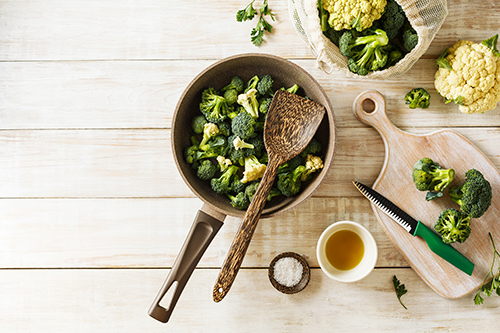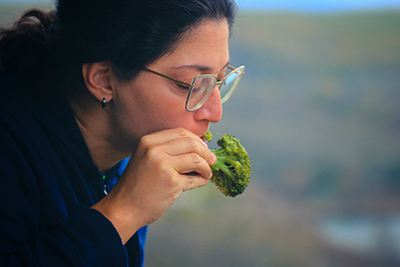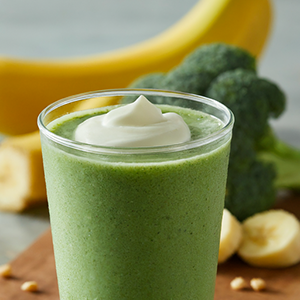Contents
Broccoli health benefits: The cultivation of broccoli has seen a significant increase in recent years in the United States and Europe. More broccoli and less cauliflower are being consumed, possibly because it possesses a better flavor and produces less flatulence than cauliflower.

Broccoli Scientific Facts
- Scientific name – Brassica oleracea L. var. italica.
- Other names are Asparagus broccoli, calabrese, Italian asparagus, and sprouting broccoli.
- French – Broccoli.
- Spanish – Brécol, bróculi.
- German – Brokkoli.
- Description—This is the inflorescence and stalks of broccoli, an herbaceous plant of the botanical family Cruciferae that represents a variation of cauliflower. In contrast to cauliflower, broccoli’s inflorescences are formed of more extensive, less tightly packed flowers. Their color varies from green to violet.
- Environment – Broccoli is of Italian origin. It is grown in cold or temperate regions of Europe and North America.
Broccoli Health Benefits

Among all of the cabbages that belong to the Crucifer family, broccoli is among the richest in proteins, calcium, provitamin A (beta carotene), and vitamin C. It is also low in sodium and abundant in potassium. Broccoli, like all Crucifers, contains anticarcinogenic sulfurated phytochemicals. The following are its most prominent diet therapeutic applications:
Coronary disease—Because of its low-calorie content, lack of fats, and ideal sodium/potassium balance, broccoli is a very suitable food for heart failure. It eliminates excess liquid in the tissues (edema), operating as a decongestive for the circulatory system and the heart.

Obesity and diabetes – Because it is deficient in calories and sugars and produces a feeling of being full, it should be incorporated into the diets of the obese and people with diabetes.
Cancer—Broccoli, along with other Crucifers, is a powerful anticarcinogenic food whose efficacy has been proven in various scientific investigations due to its high levels of beta-carotene and phytochemicals.
How to use Broccoli
- Cooked in a variety of ways, similar to cauliflower. It should be boiled as little as possible to avoid the loss of its nutritional properties.
- Its tender stalks may be eaten raw, lightly steamed, or boiled in salads. They are very flavorful and reminiscent of asparagus.
REFERENCES
- George D. Pamplona-Roger, M.D. “Encyclopedia of Foods and Their Healing Power.” George D. Pamplona-Roger, M.D. Encyclopedia of Foods and Their Healing Power. Trans. Annette Melgosa. Vol. 2. Chai Wan: Editorial Safeliz, 2005. 63. Print. [broccoli health benefits]
- Healthline: https://www.healthline.com/nutrition/benefits-of-broccoli
- Medical News Today: https://www.medicalnewstoday.com/articles/266765
- WebMD: https://www.webmd.com/food-recipes/health-benefits-broccoli
Last update on 2025-05-09 / Affiliate links / Images from Amazon Product Advertising API





